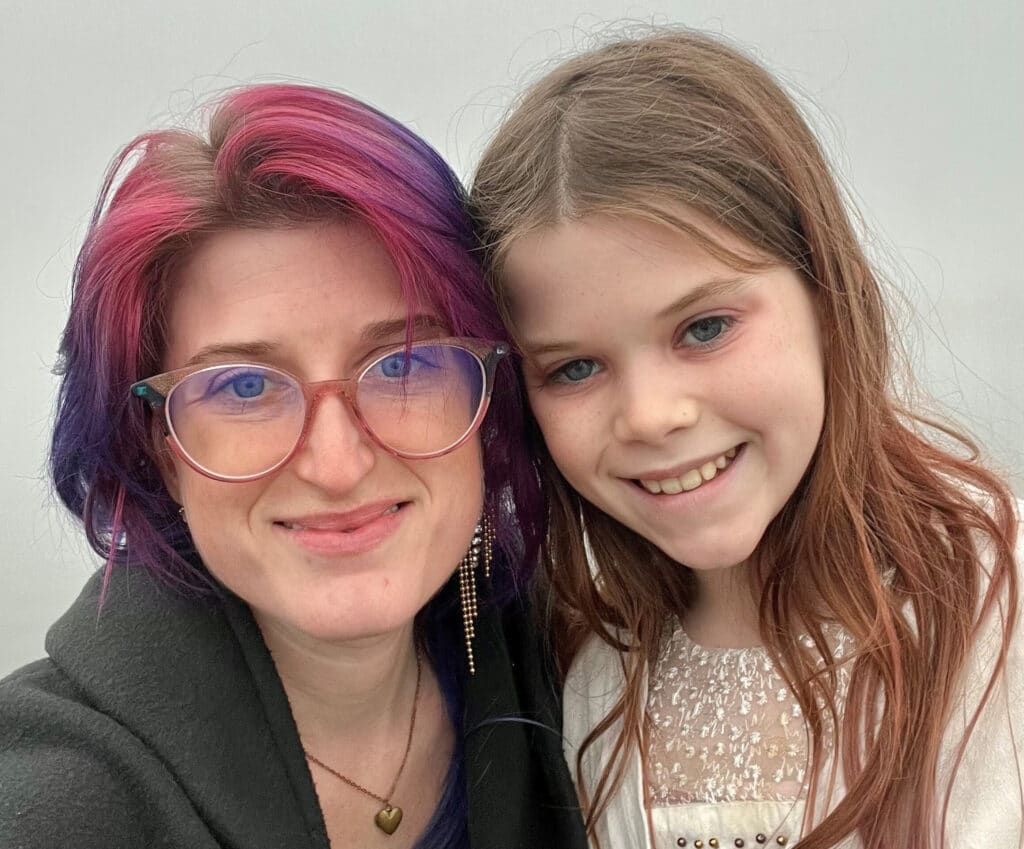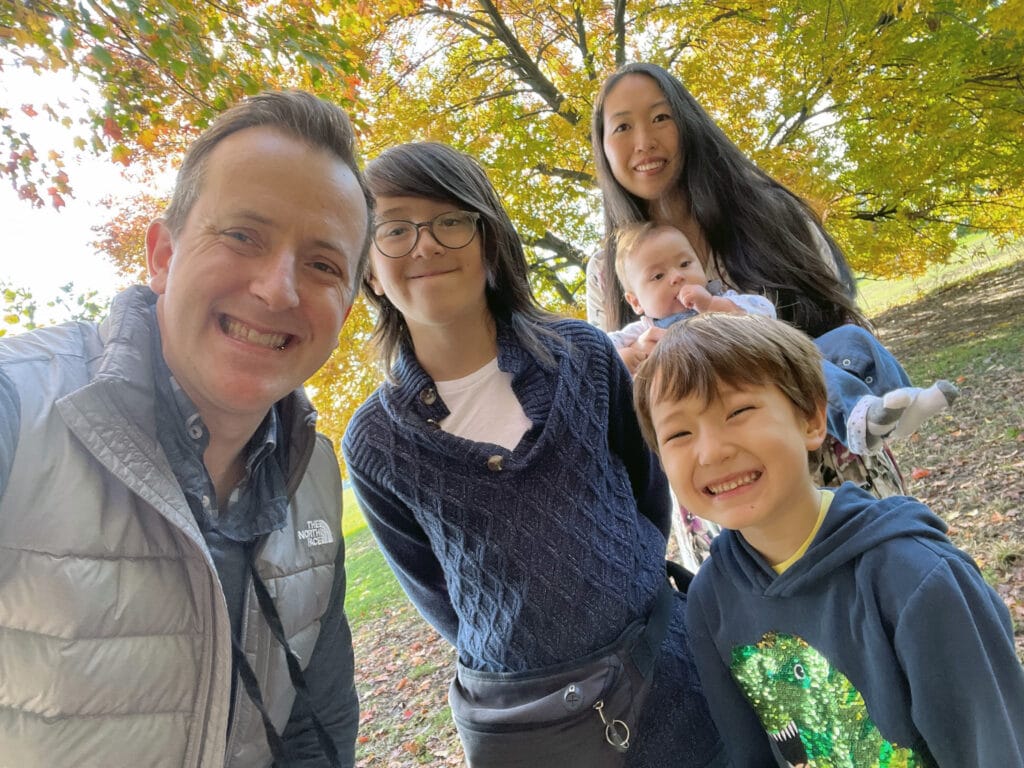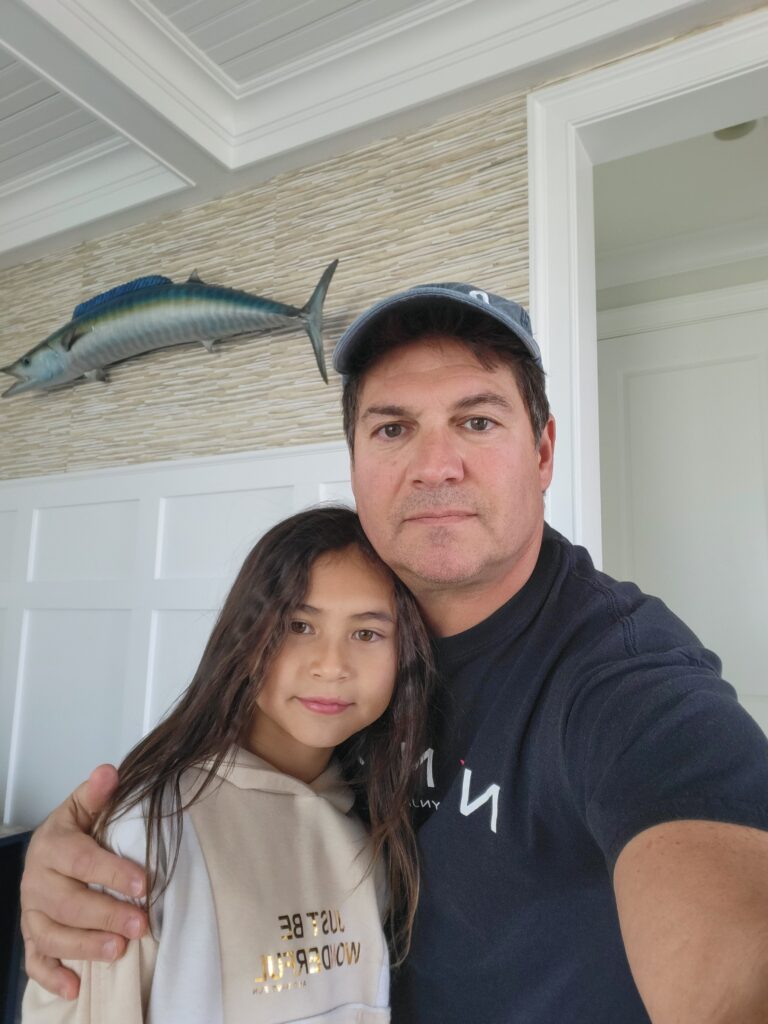It is a scary prospect that children in the 21st century are being faced with the treat that nuclear weapons present, and no longer are these devastating devices, and their destructive power just reserved to the pages of history books, but now the world is facing the treat again. Parents should meet their children’s questions on current events with openness and honesty, and try to explain just what is going on, and what the outcome could be. As reported by the AP:
Unlike in the past, however, today’s kids have greater unchecked access to both accurate images, video and information but loads of disinformation, too
NEW YORK (AP) — Jillian Amodio went with the truth when her 10-year-old daughter had some pointed questions about the war in Ukraine.

“When she asked what nuclear weapons were, I explained in simple terms that they’re explosive devices used in warfare that are capable of releasing tremendous amounts of energy and causing widespread harm and damage,” said the Annapolis, Maryland, founder of a support group called Moms for Mental Health.
But her daughter wasn’t finished there.
“She asked if we were in danger of being hit with nuclear weapons,” said Amodio. “And I explained that leaders around the world are responsible for ensuring that nuclear warfare doesn’t occur, and that we have learned from past instances just how devastating the effects of nuclear warfare can be.”
She did what many parents and experts recommend: She led with the truth, though she chose her details based on what she knew her child could handle emotionally.
The day Russian President Vladimir Putin ordered his nuclear forces placed on high alert late last month was a big one for some parents with inquisitive kids.
On social media, in classrooms and at the playground, children who hear about Russia’s invasion of Ukraine are wondering where the war could lead. It’s a moment that can feel similar to growing up during the Cold War, when there was talk of nuclear winter, radiation, and the atomic bomb.
Unlike in the past, however, today’s kids have greater unchecked access to both accurate images, video and information but loads of disinformation, too. What some also have are loved ones with personal experiences of tense nuclear times.
“With younger kids, speak simply and avoid discussing scary topics in detail. With adolescents, honesty is the best policy. Always be transparent,” said Dr. Beth Oller, a family physician in Stockton, Kansas, and mom of four kids, ages 2 to 9. “Speak to what’s actionable to help put their minds at ease.”
Fear of nuclear devastation can have a lifelong impact on children, said Nathaniel N. Ivers, an associate professor of counseling at Wake Forest University. During the Cold War, studies showed that vulnerable populations, including children and caregivers, experienced greater fear and anxiety over the nuclear threat than others, he said.
And parents who expressed more anxiety about a nuclear threat, he said, “tended to have children who were more anxious about nuclear bombs.”
A threat of nuclear detonation — something like the Cuban Missile Crisis, for instance — may create in children a profound awareness of their mortality and vulnerability. “Children know there is very little they can do to protect themselves if a nuclear bomb were to hit their area, which can create feelings of helplessness and hopelessness,” Ivers said. “It also can create a sense of nihilism, especially in older children and adolescents.”
Henry Williams, a digital designer in Brooklyn, reached for film when his 11-year-old son came to him with questions about nuclear weapons and the war. Not the nuclear submarine spy thriller “The Hunt for Red October.” Not “The Sum of All Fears,” another thriller in the Jack Ryan series that tracks a sinister plot to draw the United States and Russia into World War III.

He chose the unflinching “Threads,” an apocalyptic war drama that follows a young couple in Sheffield, England, in the deadly and chaotic aftermath of a nuclear bombing. The film, filled with realistic horrors, was made for BBC television and first broadcast in 1984. Now, it has cult status.
Williams, who grew up near Sheffield, was home in the U.K. on vacation with his kids when the war in Ukraine broke out.
“We had BBC news on all day long every day. That prompted questions,” he said. “It’s a much more realistic movie. Like, this is what it’s like on the ground.”
His 11-year-old wasn’t visibly shaken, Williams said. As for his younger son, who’s 5 and didn’t watch the film, the questions were far simpler: “So, we’ll just all be dead?”
To which his father responded: “Well, yes, but that’s very unlikely. He had that notion in his head, that that could happen, which I thought was incredible. Even then, he wasn’t freaked out by it. I said, we’ll be there if it ever happens, and that comforted him, I think.”
Dr. Jessica Griffin, a child psychologist and executive director of the Child Trauma Training Center at the UMass Chan Medical School in Worcester, Massachusetts, said it’s important to make sure children aren’t consumed by their worries or what’s on the news.
“Children can be encouraged to ask questions but also encouraged to engage in their daily routines of schoolwork, play and bedtime,” she said. “Routines can send signals to the brain that children are safe and are calming for children in anxiety-provoking situations.”
After Putin ordered his forces on alert, Ricardo Groll took a straightforward approach with his two girls, ages 9 and 12.
“I decided to explain what ‘nuclear’ was and how it could hurt people in Europe,” said Groll, in the southern Brazil city of Novo Hamburgo. From the 9-year-old, he said, came: “Daddy, is that man bad? Is he going to hurt our family? How?”
“As I always do with my kids, I told the truth,” Groll said. “Now I’m pretty sure if anybody asks Giovanna what a nuclear weapon is, she will say to them, ‘It’s a bomb that could destroy the world.’ She doesn’t seem to be traumatized by my straight-to-the-point explanation, but I confess that I’m not so sure she knows what ‘destroying the world’ is.”
Things are different, of course, for children already touched by war or other traumas.

“For children who have a prior history of trauma, seeing disturbing images may be even more distressing and triggering” and they might “require increased reassurance and support,” Griffin said.
JR Guerrieri in Lavallette, New Jersey, has two girls, ages 8 and 13. As the founder of a digital communications platform, he does business in Ukraine, and has friends and colleagues there. His daughters have been asking questions about the war and the possibility of nuclear weapons being used.
He showed them photos of the devastation in Hiroshima after the U.S. dropped an atomic bomb in 1945. They learned about it in school, he said, but without real depth.
“Up until now, there was no reason to really talk about it,” Guerrieri said. “You want them to learn history, of course. But, you know, to instill that fright in a child is not really necessarily the best thing in the world.”
By LEANNE ITALIE
Follow Leanne Italie on Twitter at http://twitter.com/litalie






